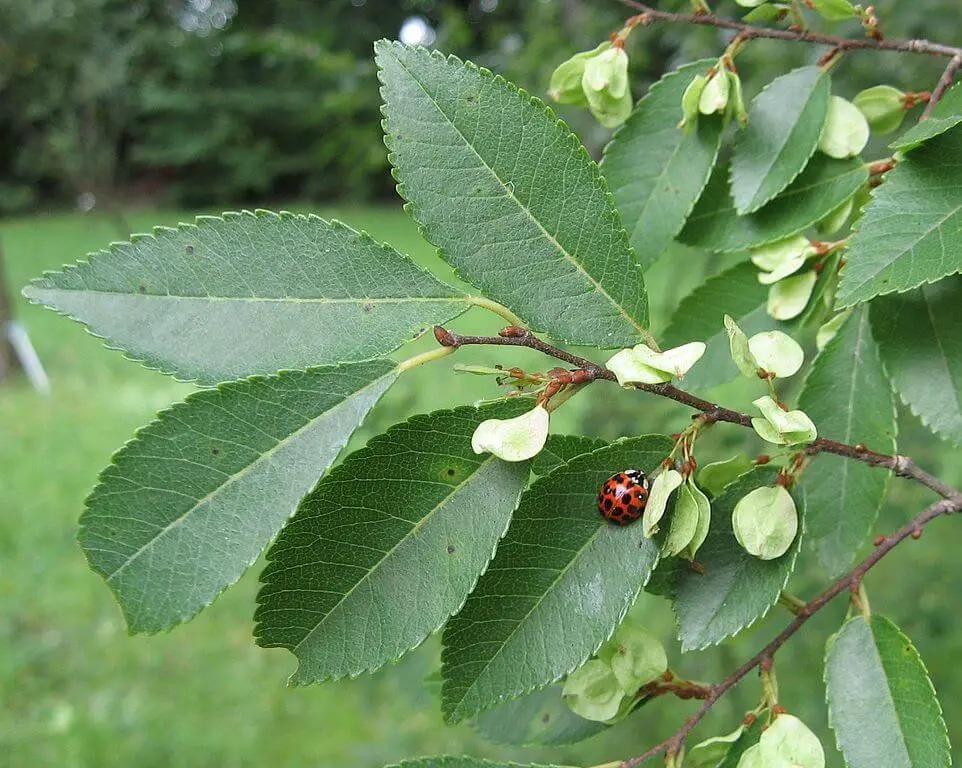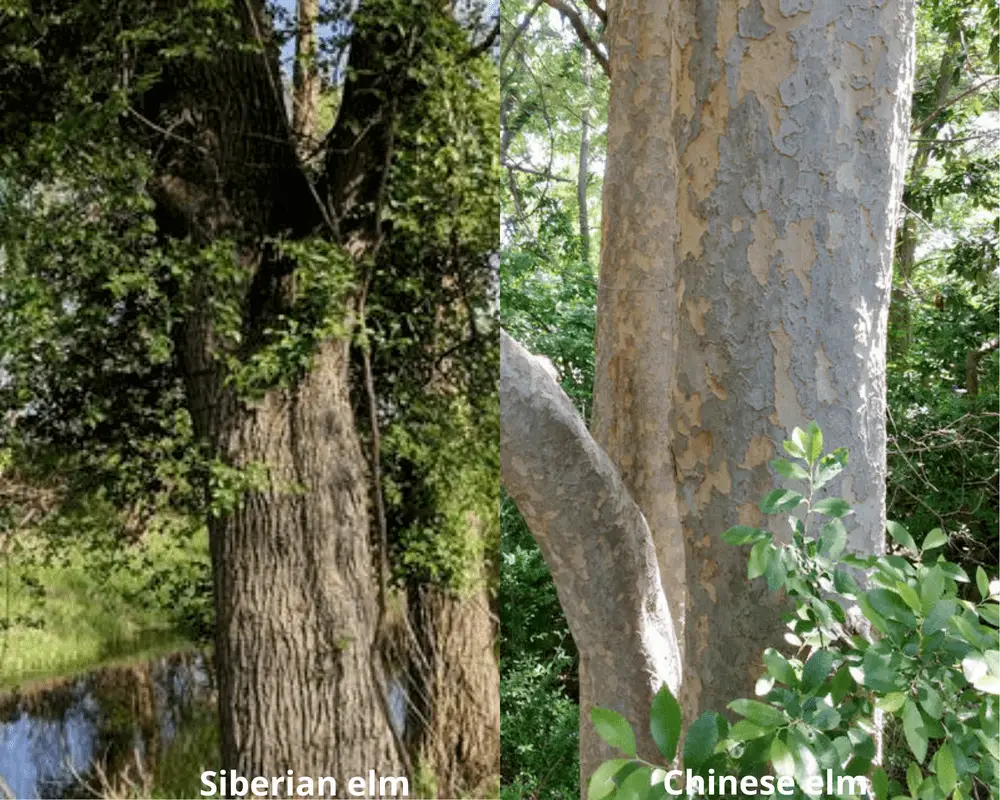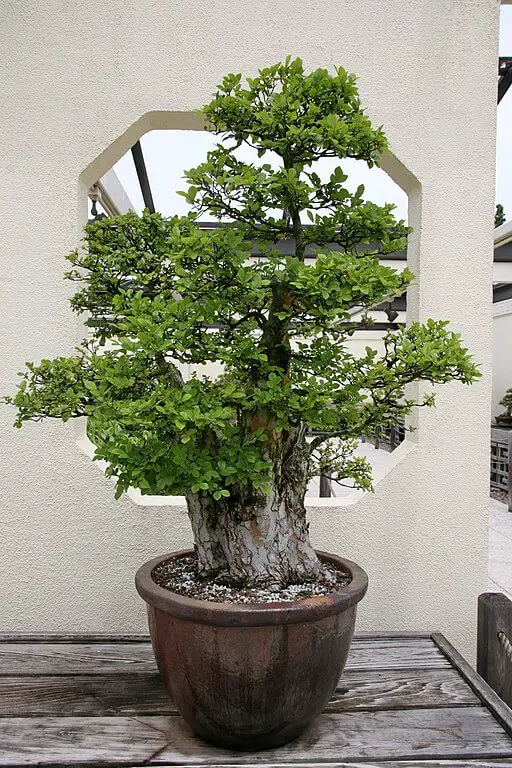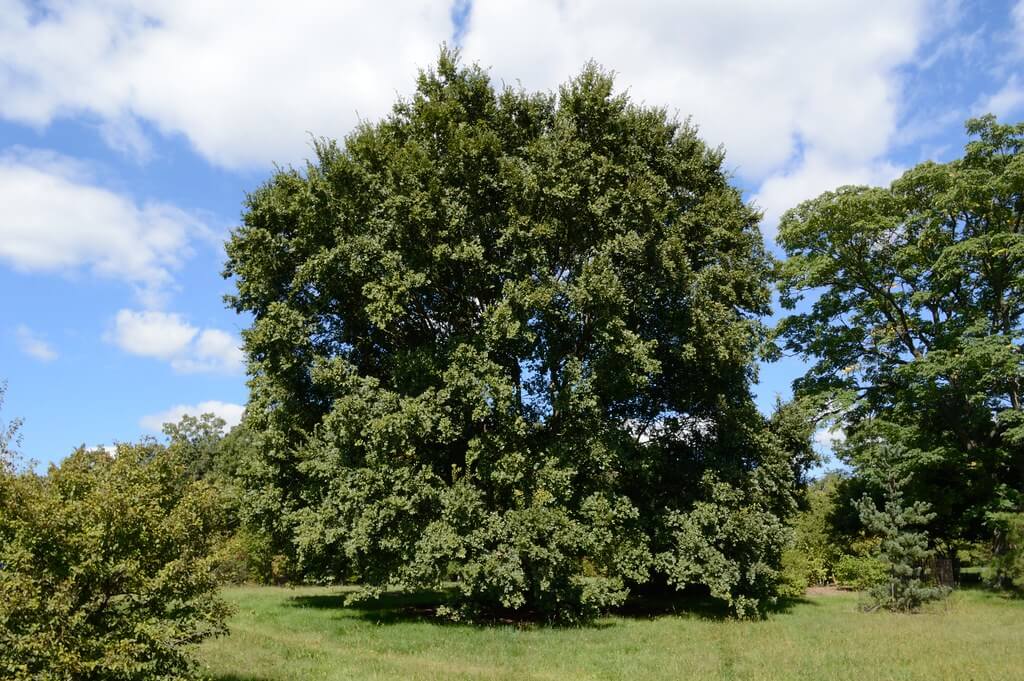Chinese elm trees are one of the best landscaping trees available in North America. It's also a popular bonsai tree for beginners that are new to bonsai. The seeds, called samaras, are the most important edible part of this plant and can be eaten raw or cooked.
This tree has some surprising uses, so read on to learn why.
Chinese elm plant profile
| Scientific name | Ulmus parvifolia |
| Family name | Ulmaceae (elm) |
| Plant type | Deciduous tree or evergreen tree |
| Kingdom | Plantae |
| Genus | Elm |
| Phylum | Vascular plant |
Common name:
- Lacebark elm
Although the Chinese Elm is normally found in USDA hardiness zones 5 to 9, it has been spotted in North America from Canada to Florida, Maine to California.
What Are You Foraging For Right Now?
We're thrilled to hear your ideas. What would you like to submit today? Feel free to share your thoughts and experiences with us.
Chinese elm bonsai
A native of East Asia, the Chinese elm is a popular bonsai tree among beginners. In their native habitat, these beautiful semi-evergreen trees can grow up to 80 feet tall, but they have been cultivated in miniature form for bonsai for centuries.
As it is slow-growing and tolerant, the Chinese elm offers beginners plenty of time and forgiveness to become familiar with bonsai care, making it one of the most popular and least demanding miniature trees in the world. In temperate climates, the bonsai can be left outdoors, even during winter.

How do you identify a Chinese elm?
A fast-growing deciduous or evergreen tree, the Chinese elm forms a graceful, upright, rounded canopy with long, arching, and somewhat weeping branches covered with one to two and a half-inch-long, glossy, dark green leaves.
The leaf blade measures 1 to 2 12 inches (2 12 to 6 12 cm) in length, has serrated (toothed) edges and is oval in shape. In some specimens, the tree takes on the typical vase-shaped shape of an elm.
Chinese Elms are native to China, Japan, Korea, and other parts of south-east Asia. The tree grows in full sun or partial shade in its native environment.

How can you tell the difference between Chinese elm and Siberian elm?
Despite their extreme similarities, Chinese and Siberian elms can be distinguished by their bark.
The bark of the Chinese elm is mottled and may display an orange tint, while the bark of the Siberian elm is fissured with an orange tint in its crevices.
This can be more difficult to distinguish on young branches, but mature bark provides a clearer picture.
The Chinese elm is frequently confused with its relative, the Siberian elm. In contrast to Chinese elms, the Siberian elm is not a beloved tree. Their seeds spread profusely, they are prone to pest and disease problems, and their brittle branches are vulnerable to breakage.
Due to this confusion, Chinese elms are often mistakenly discouraged as a landscape tree, even though they possess all of the desired qualities.

What is Chinese elm good for?
This is an excellent shade tree due to its toughness and drought resistance. There is a high level of resistance (but not immunity) to Dutch elm disease, which has devastated American elms throughout the country.
The tree is moderately resistant to the elm leaf beetle (Xanthogaleruca luteola) but is susceptible to elm yellows.
It is said that Chinese elm is the best wood for chisel handles and similar applications due to its superior hardness, toughness, and resistance to splitting.
Among the most common uses of Chinese elm lumber are:
- furniture
- cabinets
- veneers
- hardwood flooring
- tool handles
- and specialty uses such as longbow construction
Chinese elm: medicinal uses
The Chinese elm has been used as a medicinal plant for centuries and in Asia, medicines obtained from the Chinese elm are of great value.
Antidotes and demulcents can be derived from the leaves either by using the leaves as an extract or drying and emulsifying them.
There are several uses for the stem bark, including demulcent, diuretic, febrifuge, expectorant, hypnotic, and lithontripic.
Fever and neuritis can be treated with the tiny white and green flowers from the Chinese elm that emerge in the early fall.
Although there is no formal scientific evidence to support it, elm bark is also used in traditional Chinese medicine to normalize hormone levels in some women with infertility problems.
Are Chinese elms poisonous in any way?
Even though severe reactions are rare, elm in the Ulmus genus has been reported to be a sensitizer. In most cases, the most common reaction involves irritation of the eyes and skin.
Chinese elm is mildly toxic though it poses no danger to larger animals such as horses and cattle. Additionally, the tree does not pose a threat to birds.
Chinese elms should be kept away from dogs and cats, so they do not gnaw at their bark or nibble at the leaves.
There have been reports of some people developing an allergic reaction to elm samaras, so it is best, to begin with small amounts to ensure safety.
Chinese elm: edible parts
In general, the seeds are the most important edible part of this plant, which are called samaras (SAM-ah-rah) and can be eaten raw or cooked.
From a distance, they appear to be leaves, but they are thick clusters of young fruits, which are not only edible but also delicious.
Young leaves of this tree are also edible raw, or cooked. They are very mild and have a slightly bitter taste.
If you need sustenance, you may cook the inner bark of this plant.


How to use Chinese elm in the kitchen
It is best to get samaras when their wings are still green to obtain prime specimens. It is possible to eat them as they are, or toss them into salads or cook them.
In salads, they are delicious, but cooking them opens up a whole new world of possibilities. A soft, papery covering resembles a small pasta and softens as it cooks.
Cooked samaras are usually added to soup or broth. You can toss them in at the last minute and watch their color transform into a vibrant green. They are also a delicious garnish or snack when lightly oiled and toasted on low heat.
The samara seeds can still be eaten after they have dried and their wings have become papery.
It is best to rub them free of the dry wings and eat the seeds raw or cooked. The nutty flavor has been compared to that of sunflower seeds by some people.
Ana has always been interested in all things nature and flora. With her expertise in home gardening and interest in foraging, she has been spending her weekends and free time looking for edible native plants, flowers, and fungi. One of her many hobbies includes testing new savory and sweet recipes, juices or teas made from freshly picked plants, wild fruits, or mushrooms.

